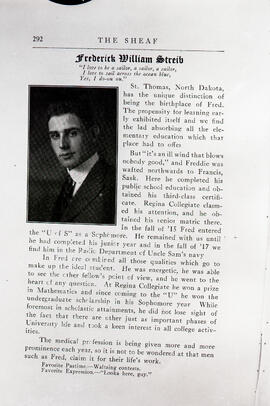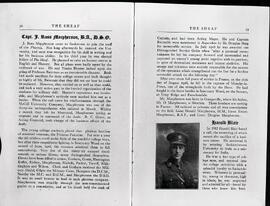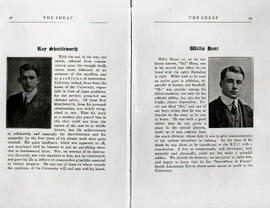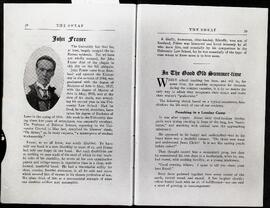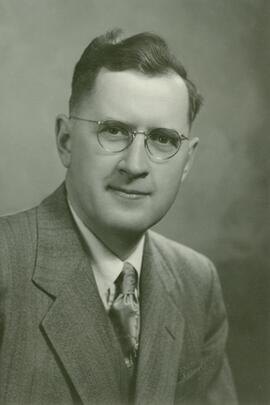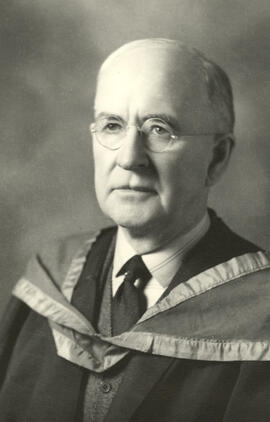Honourary Degrees - Presentation - Elsie Hart
- A-5198
- Stuk
- May 1973
John G. Diefenbaker, University Chancellor, making presentation of an honourary Doctor of Laws degree to Elsie Hart, a pioneer of the organized farm movement, at Convocation held at Centennial Auditorium.
Bio/Historical Note: Born Elsie Mabel Atkinson in 1893 in Rugby, North Dakota, her family moved to a homestead in the Landis district of Saskatchewan in 1910. In 1915 she married Warren Hart of Landis and she became involved with the farm movement. Hart was the women’s district director of the United Farmers of Canada when the first Farm Women’s Week was held on the U of S campus in June 1928--an annual event for 38 years. During the Depression she was an active participant in the State Hospital Medical League and served on the Saskatchewan Health Planning Commission which preceded Saskatchewan’s universal hospital and medical care insurance programs. Hart became president of the women’s section of the United Farmers of Canada (Saskatchewan section) in 1941 for one year. Then she managed the family farm, after the 1942 death of her husband, for several years, before returning to the presidency of the UFC (Sask.) in 1945. Inspired by her, the women’s section took a deep interest in a project that resulted in financing medical scholarships and equipment to fight cancer at the University of Saskatchewan. She was named to the first Labour Relations Board from 1945 and served until 1964. She was a member of a delegation to Ottawa that sought the retention of rent controls and an expanded housing program in 1947. When the UFC Saskatchewan section was formally dissolved in 1949, Hart eased the transition to Saskatchewan Farmers’ Union by serving as women’s president for the first two years. Hart died in 1986 at age 92.

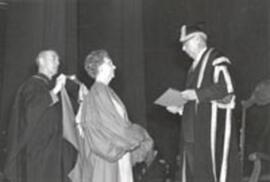
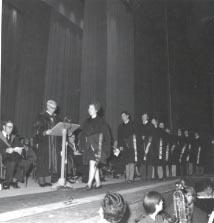
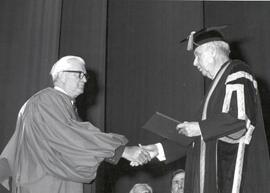
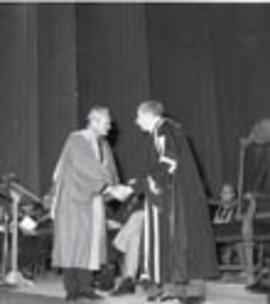
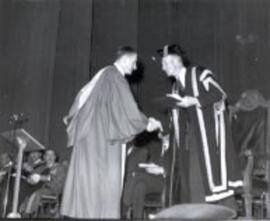
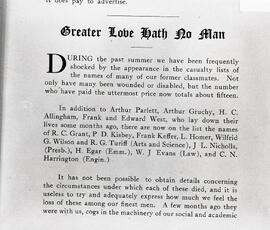
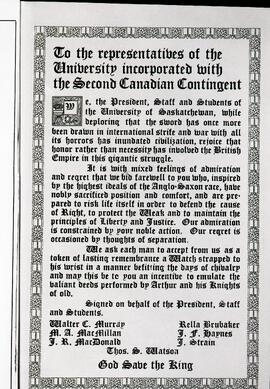
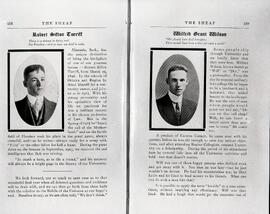
![Sheaf - Clifford Hallett and Glen Hedley [Glenn Hawthorne Headley]](/uploads/r/university-of-saskatchewan-archives/8/2/4/82462aad6095695424bd3fd41576553f8e9b7243d4dcf9b99e2846d01f55bfbf/A-10964_142.jpg)
